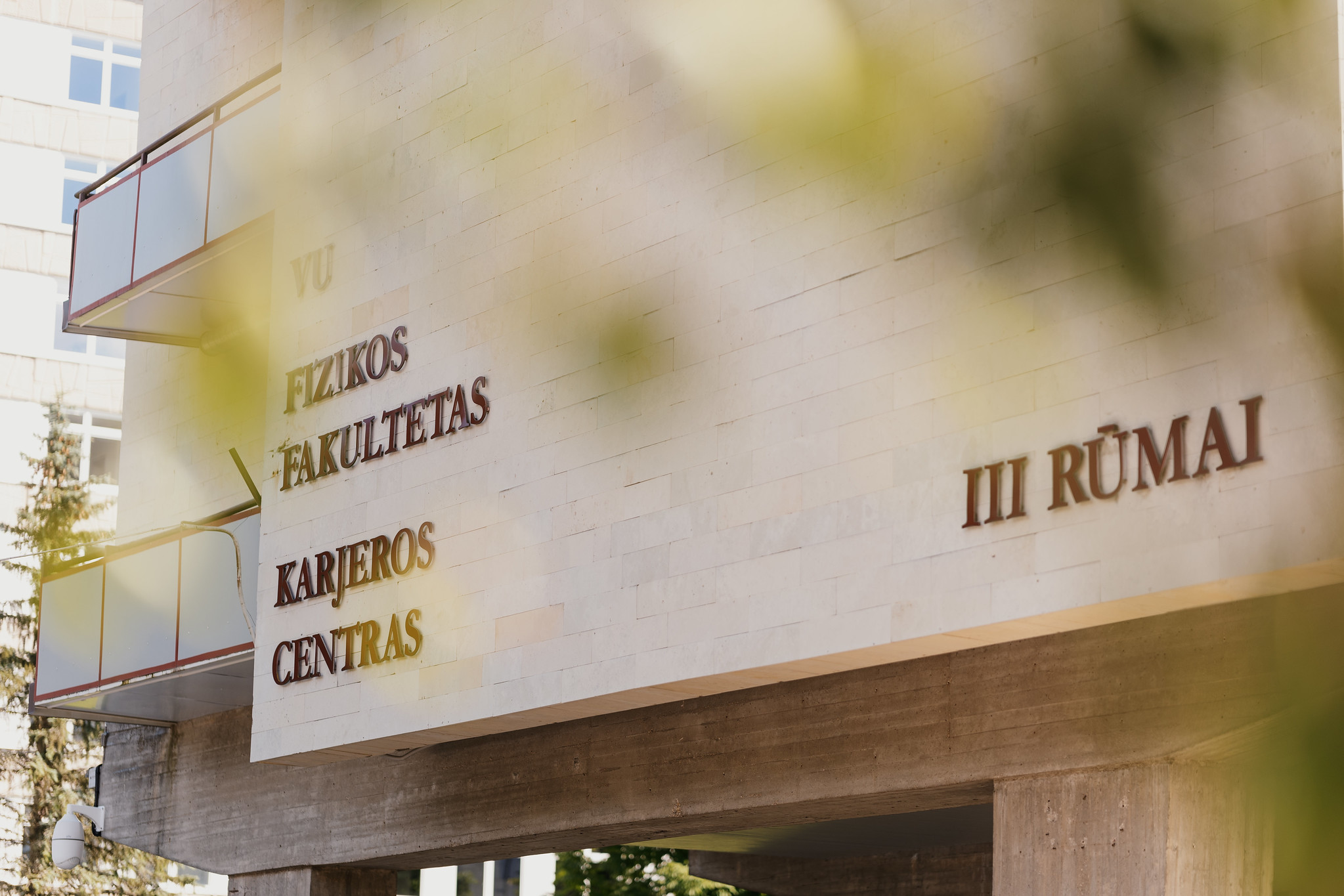The Prestigious Journal of the American Chemical Society Published a Review by Researchers of VU Faculty of Physics

Recently, hybrid organic-inorganic perovskite-structured materials have generated huge interest as one of the most promising materials for the next generation of photovoltaic devices. The performance of solar cells manufactured by using these hybrid compounds is already beginning to surpass the performance of traditional inorganic semiconductors. The highly appealing properties of these materials are known to be closely related to the structural and dynamic phenomena occurring in these compounds.
While working in a research group led by Prof. Jūras Banys, Prof. Mantas Šimėnas and his colleagues discovered the phase of electric dipole glass in hybrid perovskites and made a significant breakthrough in this field. Following on from this, the physicists Prof. M. Šimėnas and Prof. J. Banys from the Institute of Applied Electrodynamics and Telecommunications at the Faculty of Physics of Vilnius University, who were winners of the Lithuanian Science Prize, have prepared a detailed review article on the structural and dynamic properties of perovskites. The research was published in the most prestigious journal of the American Chemical Society, ‘Chemical Reviews’, which has an extremely high citation index (62). This journal is one of the most highly regarded and top-ranked journals analysing the general issues of chemistry and physical chemistry. The journal aims to provide comprehensive, authoritative, critical, and easy-to-read reviews of important recent studies in organic, inorganic, physical, analytical, theoretical, and biological chemistry. The published review was prepared with chemists from the Polish Institute of Low Temperature and Structural Research (Polish Academy of Sciences).

Prof. Mantas Šimėnas
“Our laboratory has been studying dynamic and structural phenomena in hybrid perovskites for some time. The extensive experience of research on such and similar materials has allowed us to understand and summarise the observed patterns and to highlight the problems and future directions of this research field. To our knowledge, this is the first article in the “Chemical Reviews” journal where some authors are only affiliated with Lithuanian institutions,” said Prof. M. Šimėnas.
More information is available here.
The research is funded by the Research Council of Lithuania (Project No. S-MIP-22-73).